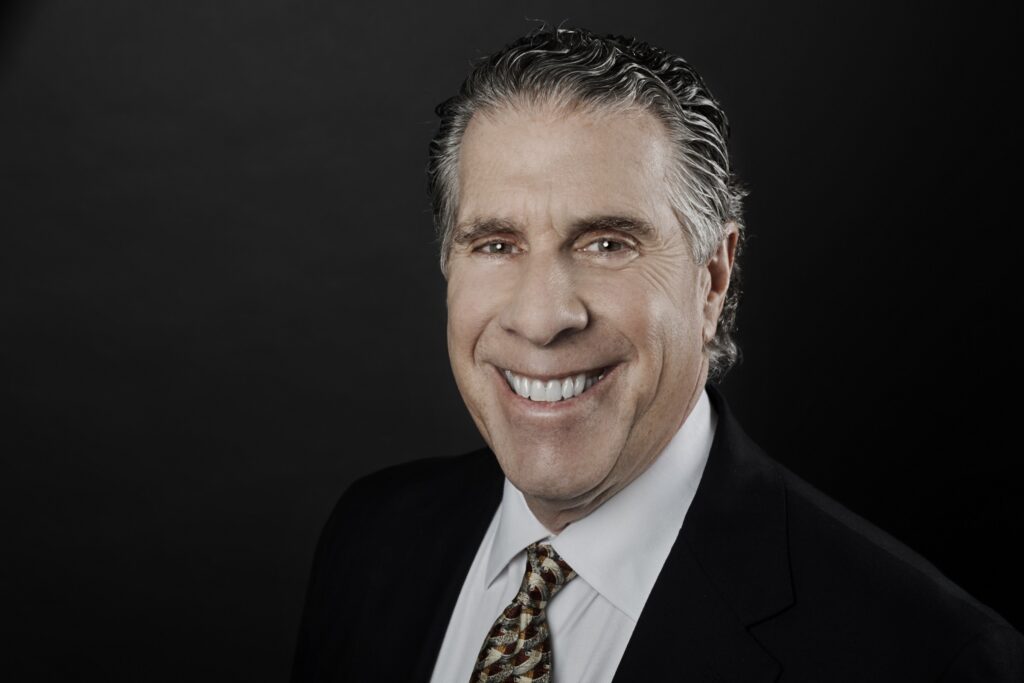by Neil A. Dolgin
The outlook for commercial real estate in 2023 is opportunistic. While we see continued uncertainty and challenges ahead, we also see some unique opportunities. Inflation remains high and interest rates are increasing. Yet the industrial sector remains strong. Retail is growing. And the medical office sector continues to thrive. So how did we get here?
2022 launched with real optimism. We were coming out of the pandemic economy. Industrial building sales were thriving. Sales prices had risen during the pandemic driven by strong investor activity and relatively low interest rates. Yet, inflation was starting to creep upwards and as a result, OPX (operating expenses) – insurance, labor, repairs, and materials – were rising. I pointed out that a continued increase in the inflation rate would trigger interest rate hikes by the Federal Reserve, and that would ultimately drive down building sales.
As operating costs increased, landlords tried to recover by delaying some building renovations while raising rental rates for new tenants. We advised clients then to secure a space and lock in a longer-term lease with fixed rent increases, to avoid higher rental prices later. And we advised owners intending to sell to accept competitive offers while interest rates were still relatively low.
As OPX continued to rise, landlords stayed focused on cost cutting and efficiency. KND Management, the building management arm of Kalmon Dolgin Affiliates, began to advise more landlords on ways they could increase efficiency while improving tenant services.
By mid-year, the U.S. economy was a story of rising interest rates and inflation, uncertainty caused by the Ukraine War, supply chain issues and continued fluctuations in the stock market.
As interest rates rose, the sale of commercial buildings continued to slow, and rentals grew. The rental marketplace became increasingly active but the issue of rising rents started to cause concerns. Industrial market rents nationally had increased by 16% since Q1-21. In some markets around the country, rents were up as much as 41%. At the same time there was a huge amount of new industrial space coming into the market nationally and locally helping to advantage lessors.
Small and medium sized companies still needed to lease industrial space in the outer boroughs. Several mid-size industrial buildings that had been unsold since 2021 were converted to rentals. Rather than losing money on an unsold building, owners were advised to divide up these large industrial units formerly with one or two large tenants, into smaller units with multiple tenants.
By mid-summer, the retail marketplace was also thriving with solid demand and increasing inventory. We advised retail store owners to sign new tenants as quickly as possible because there was, in fact, a lot of retail inventory still available and lessors were bargaining against it.
By Fall, the REITS and individual investors were still sitting on the sidelines. Building sales remained flat as buyers asked for higher cap rates and owners insisted on an asking price that may have made sense at the peak of the pandemic but made little sense to investors.
Goldman Sachs has called 2022 “the sixth-most volatile year since the Great Depression.” That sounds about right. Goldman also saw some “hope” and I do, too.
Interest rates will eventually revert back to something closer to the 4.5% range. When it does, the funds and small investors will come off the sidelines and start buying buildings. When will that occur? That is a good question.
The demand remains strong for rental properties in the retail, industrial and office sectors and there is good inventory. We see still more new and sub-leased industrial spaces coming into the market. And we expect to see more flexibility in rental prices with so many properties now available; it’s always advisable for a landlord to close a long-term lease over waiting for another client who is able to pay super high rents.
Yet, we start 2023 with interest rates for conventional commercial mortgages running between 6.19% and 9.50%. Inflation is running at 7.1% annually. And rental prices are up 7.5%. These numbers present unique challenges for commercial real estate investors, owners and lessors.
How is 2023 looking for you? If you have a question on today’s commercial real estate marketplace, email me any time.
Wishing you a happy holiday season!

Neil A. Dolgin is co-president of Kalmon Dolgin Affiliates. Founded in 1904, Kalmon Dolgin Affiliates (KDA) has grown into one of the New York metropolitan region’s leading commercial and industrial real estate firms. Kalmon Dolgin Affiliates specialize in all aspects of real estate services for developing, managing, selling, leasing and marketing commercial and industrial property. KDA’s highly-trained professional brokers offer clients a practical, street-wise approach to commercial and industrial real estate brokerage, leasing and sales, supported by the latest in real estate marketing, management and research technology.

